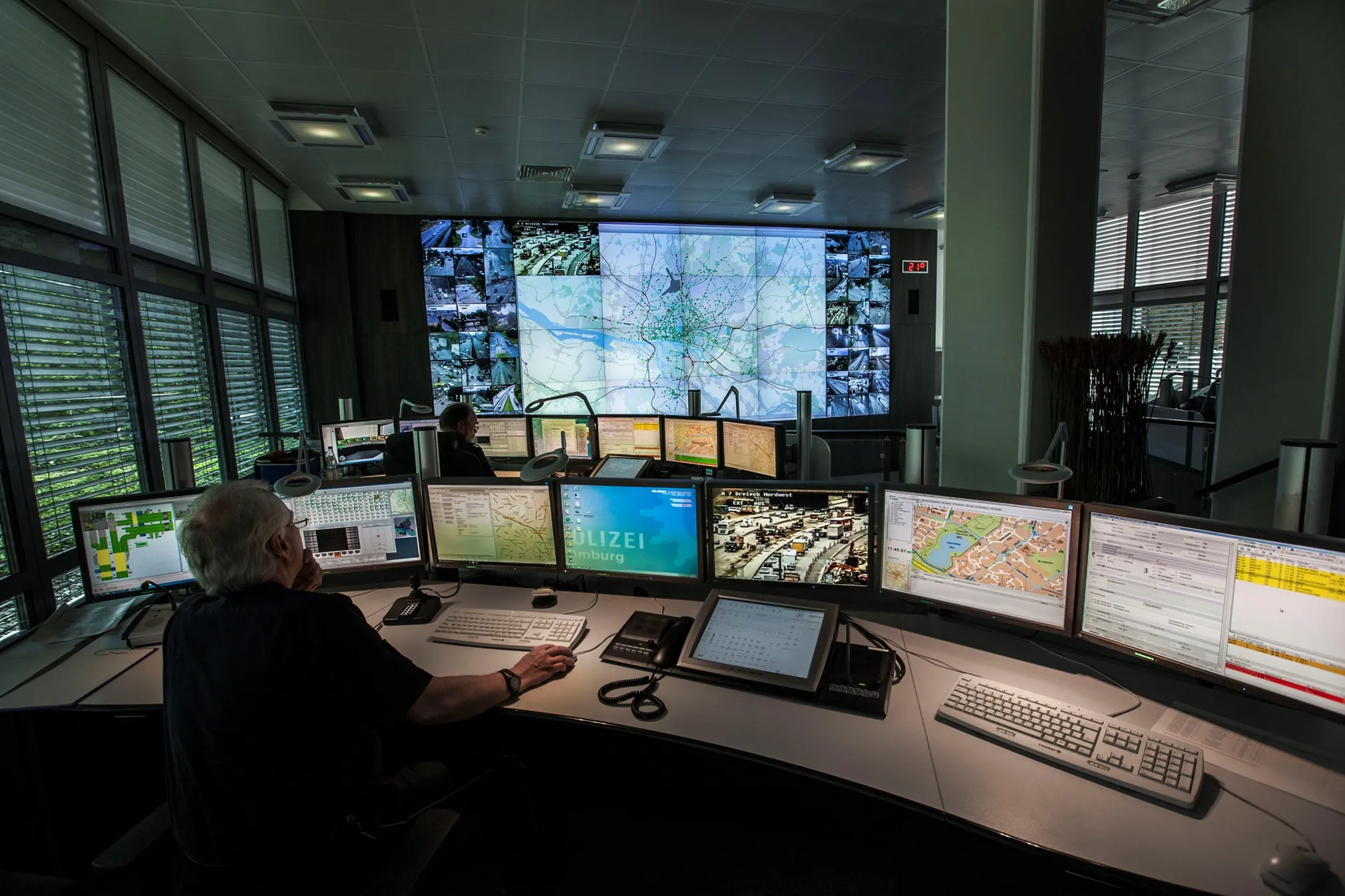A new book by Alastair Gollop, senior ITS consultant at Mott McDonald, Traffic Signals, offers a comprehensive guide to traffic signals from first principles and design issues to equipment and testing, commissioning and assessments. In addition, there are sections covering the history and future of signals. Although based on equipment and operating systems utilised in the UK, the principles covered are relevant to users worldwide.
Aimed at anyone interested by traffic signals, Gollop says the book assume
March 10, 2016
Read time: 2 mins
A new book by Alastair Gollop, senior ITS consultant at Mott McDonald, Traffic Signals, offers a comprehensive guide to traffic signals from first principles and design issues to equipment and testing, commissioning and assessments. In addition, there are sections covering the history and future of signals. Although based on equipment and operating systems utilised in the UK, the principles covered are relevant to users worldwide.
Aimed at anyone interested by traffic signals, Gollop says the book assumes no prior knowledge, but builds to a complete introduction to the subject. It is primarily aimed at traffic signal practitioners of all levels, graduate engineers seeking an introduction to the field and members of other engineering specialism's and client groups wishing to further their understanding of the subject.
Traffic Signals looks at the way in which modern signals operate and the equipment commonly used in current traffic control systems in the UK. It also looks at how signalised junctions and crossings are designed, explaining the fundamental design principles, and how these are used by modern software modelling tools to predict traffic operation.
Included within the book is a set of standard detail drawings which are commonly used when specifying and designing projects.
Aimed at anyone interested by traffic signals, Gollop says the book assumes no prior knowledge, but builds to a complete introduction to the subject. It is primarily aimed at traffic signal practitioners of all levels, graduate engineers seeking an introduction to the field and members of other engineering specialism's and client groups wishing to further their understanding of the subject.
Traffic Signals looks at the way in which modern signals operate and the equipment commonly used in current traffic control systems in the UK. It also looks at how signalised junctions and crossings are designed, explaining the fundamental design principles, and how these are used by modern software modelling tools to predict traffic operation.
Included within the book is a set of standard detail drawings which are commonly used when specifying and designing projects.









